Parkinson’s Disease
Parkinson’s disease (PD) is a progressive neurodegenerative disorder marked by the loss of dopamine-producing neurons in the substantia nigra, leading to hallmark motor symptoms such as tremors, rigidity, bradykinesia, and gait disturbances. While the exact cause remains unclear, both genetic and environmental factors contribute to disease onset. Approximately 15% of cases have a familial link, and about 5% are associated with mutations in genes such as SNCA (alpha synuclein), LRRK2, PINK1, PRKN, UCHL1, and ATP13A2.
Alpha Synuclein and Pathological Aggregates
Alpha synuclein plays a central role in PD pathology. This presynaptic protein is the primary component of Lewy bodies, the intracellular inclusions that define Parkinson’s disease and related synucleinopathies. Misfolded alpha synuclein undergoes a multistep aggregation process:
- Monomers: Native alpha synuclein exists as soluble monomers under physiological conditions.
- Oligomers: Misfolded monomers aggregate into soluble oligomeric species, which are increasingly recognized as highly neurotoxic intermediates.
- Pre-formed fibrils (PFFs): Oligomers further assemble into insoluble fibrillar structures. PFFs are the building blocks of Lewy bodies and are implicated in the prion-like propagation of pathology across neuronal networks.
These aggregated species disrupt cellular homeostasis, impair mitochondrial function, and trigger neuroinflammation, ultimately leading to neuronal death.
Genetic Insights and Disease Mechanisms
Mutations in SNCA can accelerate alpha synuclein aggregation, while variants in LRRK2 (linked to PARK8) and PINK1 (PARK6) affect mitochondrial quality control and cellular stress responses. Additional genes such as UCHL1 and TRPM7 modulate protein degradation and ion homeostasis, influencing susceptibility to PD and related disorders like ALS-PDC.
Research Tools for Parkinson’s Disease
Understanding the structural and functional dynamics of alpha synuclein is critical for developing disease-modifying therapies. Experimental models using alpha synuclein monomers, oligomers, and PFFs enable researchers to:
- Investigate aggregation pathways and neurotoxicity
- Model prion-like spread of pathology in vitro and in vivo
- Screen small molecules, antibodies, and immunotherapies targeting specific aggregation states
To support this research, StressMarq produces high quality reagents including alpha synuclein PFFs, oligomers and monomers in addition to antibodies and small molecules to support advances in neurodegenerative disease research.
View all Parkinson’s Disease Products

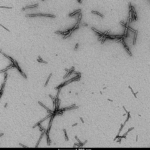
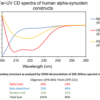
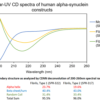
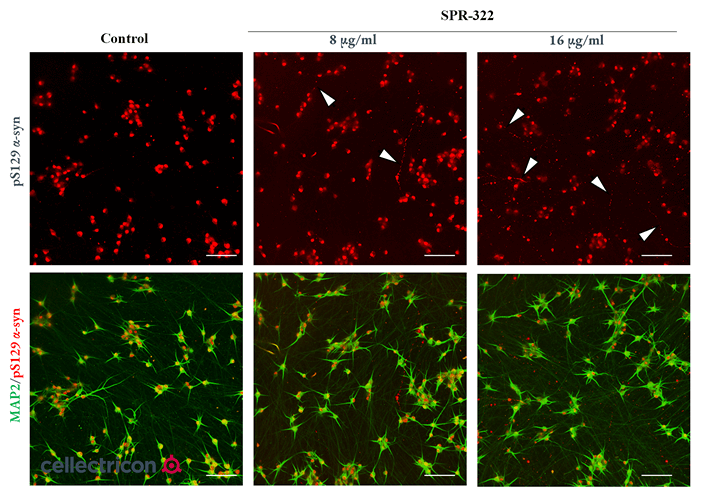
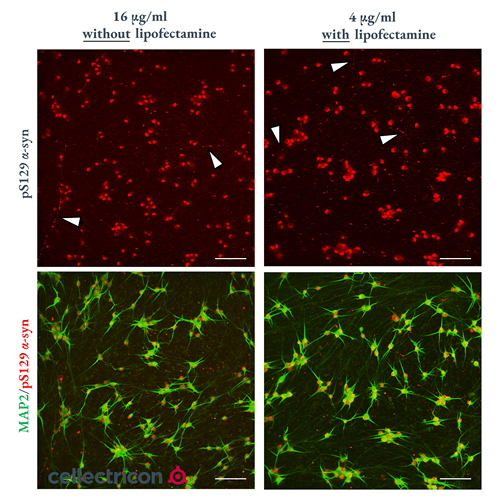
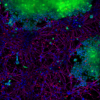
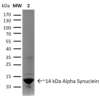
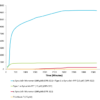
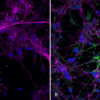


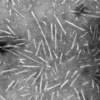
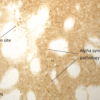
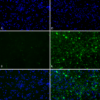
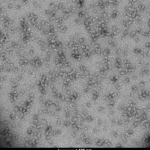
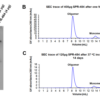
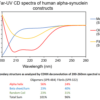
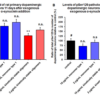
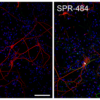
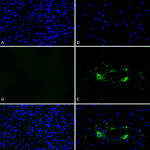
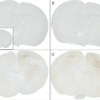
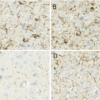

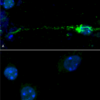
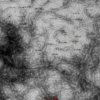


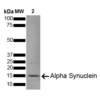
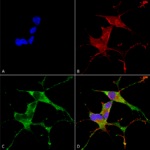
![Mouse Anti-LRRK2/Dardarin Antibody [N231B/34] used in Immunocytochemistry/Immunofluorescence (ICC/IF) on Human Neuroblastoma cell line (SK-N-BE) (SMC-445)](https://www.stressmarq.com/wp-content/uploads/SMC-445_LRRK2-Dardarin_Antibody_N231B-34_ICC-IF_Human_Neuroblastoma-cell-line-SK-N-BE_60X_Composite-1.png)
![Mouse Anti-LRRK2/Dardarin Antibody [N231B/34] used in Western Blot (WB) on Rat Brain Membrane (SMC-445)](https://www.stressmarq.com/wp-content/uploads/SMC-445_LRRK2-Dardarin_Antibody_N231B-34_WB_Rat_Brain-Membrane_1.png)
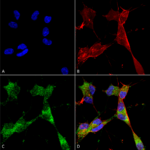
![Mouse Anti-PINK1 Antibody [N4/15] used in Immunocytochemistry/Immunofluorescence (ICC/IF) on Human Neuroblastoma cell line (SK-N-BE) (SMC-450)](https://www.stressmarq.com/wp-content/uploads/SMC-450_PINK1_Antibody_N4-15_ICC-IF_Human_Neuroblastoma-cell-line-SK-N-BE_60X_Composite-1.png)
![Mouse Anti-PINK1 Antibody [N4/15] used in Western Blot (WB) on Rat Brain (SMC-450)](https://www.stressmarq.com/wp-content/uploads/SMC-450_PINK1_Antibody_N4-15_WB_Rat_Brain_1.png)
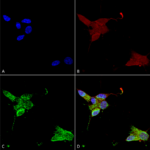
![Mouse Anti-TrpM7 Antibody [S74] used in Immunohistochemistry (IHC) on Mouse Brain Slice (SMC-316)](https://www.stressmarq.com/wp-content/uploads/SMC-316_TrpM7_Antibody_S74_IHC_Mouse_Brain-Slice_1-2.png)
![Mouse Anti-TrpM7 Antibody [S74] used in Immunohistochemistry (IHC) on Human hippocampus (SMC-316)](https://www.stressmarq.com/wp-content/uploads/SMC-316_TrpM7_Antibody_S74_IHC_Human_hippocampus_1-2.png)
![Mouse Anti-TrpM7 Antibody [S74] used in Western Blot (WB) on Human cell line mix (A431, A549, HCT116, HeLa, HEK293, HepG2, HL-60, HUVEC, Jurkat, MCF7, PC3, T98G) (SMC-316)](https://www.stressmarq.com/wp-content/uploads/SMC-316_TrpM7_Antibody_S74_WB_Human_Cell-lysates_1-2.png)